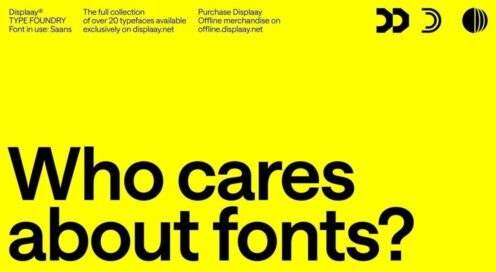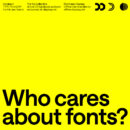Top 5 information designs from the pandemic
Written by Julian Brown RGD, ON THE CHASE! Motion Design
By Julian Brown RGD, Owner, Creative Director, ON THE CHASE! Design + Motion Studio
In the last 217 days (but who’s counting?) I’ve seen so many great pieces of design that shaped my understanding of the COVID-19 pandemic. I chose to arrange this Top 5 list in chronological order with each piece representing a new moment-of-clarity for me—and a phase of our exhausting global journey.

This is, of course, the defining chart of the pandemic: ‘The Curve’ with a capital C. The one everyone is trying to flatten. It burst into the global consciousness in March, countless versions filling every screen and every front page (like the above, from Wired, where the red curve protrudes on top of the capacity line like a nasty growth). But the Curve can only be understood in the rear view mirror. When we’re on it, we don’t know where we are on it. Here, that feeling is represented by the time axis. No longer listed with calendar labels, but as “time since first case.” How fitting, as the calendar itself lost meaning for people all over the globe. I recall obsessing with family over the details of these detail-less curves: if we reduce the spread, why will it last longer? Which looks like it has the most cases overall? Is the capacity of our healthcare system actually fixed? But none of those questions mattered and that was the power of this chart. In a world where most data visualizations try to tell us everything, it made a singular argument: we must take action.

Why is ‘The Curve’ the shape that it is? In March, The Washington Post’s deceptively simple online simulators opened my eyes to the inevitability of the infection curve. It’s engaging with its use of motion and unique with every page reload. It’s a fascinating way to visualize the guarantee that we will all randomly bounce around until we arrive at our predetermined destination. When everyone was obsessed with the details of locking down, it helped me understand why. We needed to create space and find the positive in that negative space. Now that we are thick into the second wave, it is also a reminder that what goes up must come down. When we are “at the peak” of cases (or deaths), we are only halfway to the sobering total.

How can constant change feel like it’s the same day after day? As a motion designer, I’m convinced that animation is one of the few ways to make sense of data when it piles up too high. When presented with too much all at once (say, a graph with 15 intertwining lines), it’s hard to find the story. These animated bar chart “races” are so intriguing because they take months of our gruelling isolation and personal strife, then whip through it like an Olympic 100m final. I first saw a version of this in April, when we all watched in horror as the US barrelled to the top with unbelievable speed. Now, seeing the countries jockey up and down for 10 months, it hammers home how fast the pandemic can move and change. It reminds us that if we’re not careful, we could be next. This may not be high-design aesthetics, or relay the largest amount of information, but it has an undeniable impact.

While battling COVID-19 this year, we have all been simultaneously fighting data fatigue. Newscasts are forced to read through daily case and death counts with the same gravitas as the weather forecast. In May, as the US neared 100,000 deaths, no doubt the staff at The New York Times discussed how to combat this numbness to the numbers. How could they imbue the stats with some humanity? Replace the numbers with people, literally. Names instead of statistics. The resulting wall-of-text front page felt like a war memorial, not a newspaper. Tragic, dignified. I would argue when viewed in this context, this page full of words is a brilliant piece of information design.

In late September, this ‘deep’ piece from The Washington Post continued the fight against our growing pandemic data fatigue. One million had died globally—a grim milestone. By using a vertical scroll to travel through the data, it feels like digging a grave as we move downward into a bleak future. Yet it is still uniquely informative, showing how the monster of COVID-19 has twisted and shapeshifted over time as it moves from continent to continent. After so many months looking at the same data over and over and over, it’s impressive that designers can continue to find ways to keep people engaged. It is, quite literally, a matter of life and death.

Julian Brown RGD
ON THE CHASE! Motion Design
Julian Brown is ON THE CHASE! Julian creates ‘motion-first’ brands and content for smart clients (Sport Chek, University of Toronto, Cineplex, World Wildlife Fund). His motion design & branding projects have been awarded by Graphis, The Webbys, Adobe and many more. Julian is a speaker on motion design, running a solo studio, and, sometimes, telling people why their offices f*cking suck. He serves as a VP on the Board of Directors for RGD, Canada’s largest design association. Julian is a York/Sheridan Toronto alumni, a world traveller, and this one time he starred alongside his dog in a TV ad for pet food. It was adorable.






